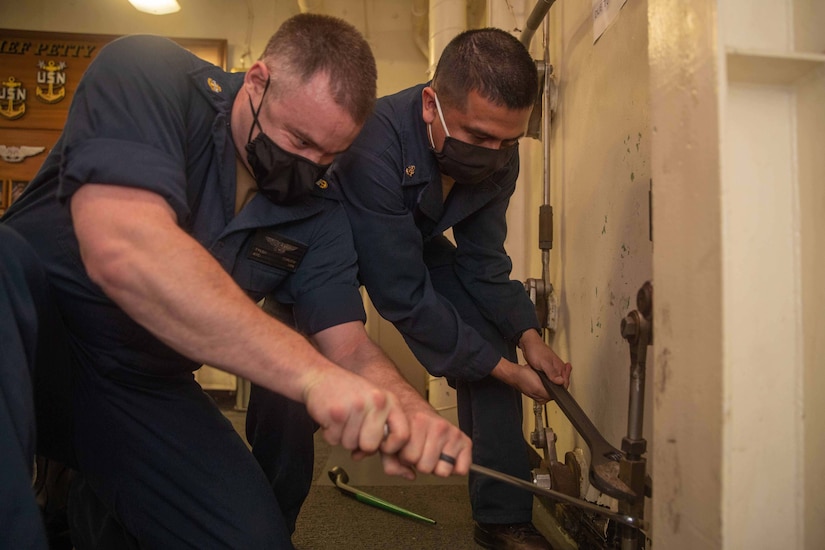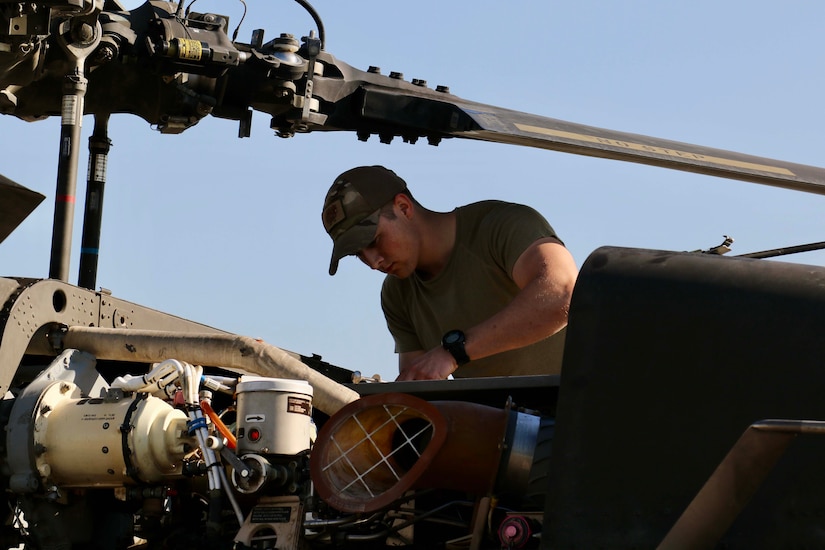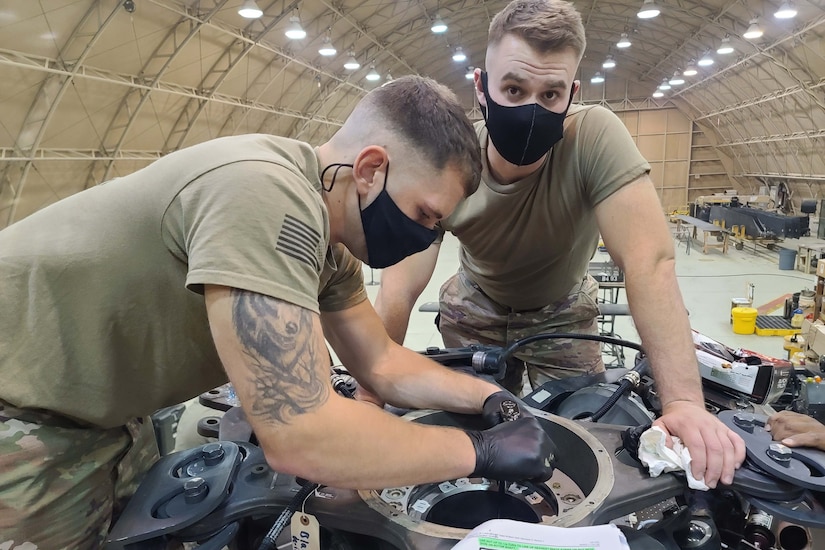April 2, 2021 |
Most of the life cycle costs of a U.S. military program are spent on sustainment and operations — not acquisition. To better support warfighters, sustainment must be considered early on in a program's development, said the principal deputy assistant secretary of defense for acquisition and sustainment.

"On average, 70 cents on the dollar over the life cycle of a program is spent on sustainment and operations," said Stacy A. Cummings during a keynote address today before the 2021 Logistics Officer Association Symposium. "With this in mind, we must continue to emphasize the importance of designing for sustainment in order to reduce the demand for logistic support and maximize the availability of systems over their long life cycles."
Sustainment requirements must be "baked into" the design of a material solution in order to deliver long-term operational availability and better support warfighters, Cumming said.
Cummings said several efforts her office is working on now or has worked on in the past year support that goal.

In August 2020, A&S published a major revision to DODI [Department of Defense Instruction] 4151.22, "Condition-Based Maintenance Plus for Materiel Maintenance," Cumming said.
"CBM+ is the cornerstone of DOD strategy to shift weapon system sustainment from reactive to predictive maintenance approaches," she said. "Through a combination of predictive maintenance concepts, enabling technologies and data analytics, CBM+ strategies will transform sustainment to achieve better performance and affordability."
Cumming said acquiring or establishing agreements to access necessary technical data, provisioning and cataloging spares, and establishing organic repair capabilities are just some of the areas where planning for sustainment is often lacking.

To address those things, she said, A&S is in the process of publishing DODI 5000.91, "Product Support Management for the Adaptive Acquisition Framework."
"This instruction lays the foundation for planning and managing product support in each of the adaptive acquisition framework's six pathways," she said. "It details the statutory directive and regulatory product support requirements, and it enables tailored product support solutions for each pathway."
The six adaptive acquisition framework pathways are: urgent capability acquisition, middle tier of acquisition, major capability acquisition, software acquisition, defense business systems and acquisition of services.

The A&S office is also revising the DODI 3110.05, or "Readiness-Based Material Condition Reporting," a document she said serves as DOD's authoritative material readiness reporting guidance.
"It leverages the collective work accomplished by the services and OSD to reform logistics for better performance and affordability," she said. "This and other ongoing initiatives will provide a lexicon and common metrics for measuring and reporting the status of DOD sustainment enterprise weapon systems. Ultimately, these changes will better enable the services to target the most promising systemic cost and material readiness drivers."






No comments:
Post a Comment